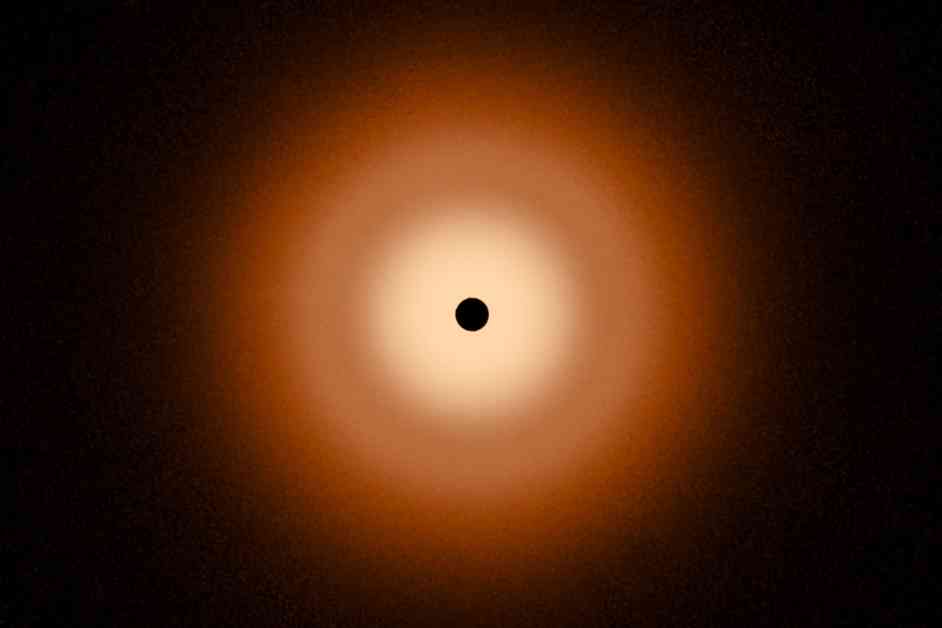Vega, the famous star featured in the movie Contact, has puzzled astronomers with its lack of giant planets despite being halfway through its one-billion-year lifetime. The star’s smooth disk of sandlike dust, observed in detail using the Hubble Space Telescope and the James Webb Space Telescope, has left researchers scratching their heads. While smaller planets may still be present, the absence of larger worlds like Saturn and Jupiter is unexpected.
The discovery of Vega’s unique disk challenges our current understanding of planet formation. Typically, stars are surrounded by debris disks that coalesce into planetesimals, the building blocks of planets. These planetesimals either form terrestrial worlds or grow into gas giants, such as those in our own solar system. However, Vega’s disk lacks the expected gaps caused by giant planets, raising questions about what sets this star apart from others in terms of planetary formation.
One theory suggests that Vega’s gas may have been stripped away during its early life, hindering the growth of giant planets. The unpredictability of planet formation is a recurring theme in astronomical studies, with Vega and similar stars like Fomalhaut showing vastly different outcomes despite their similarities. The lack of giant planets around Vega may be due to its low metallicity, which affects the formation of planetesimals necessary for planet growth.
While the mystery of Vega’s planet formation continues, astronomers speculate about the implications for our search for other worlds. Perhaps stars with lower metallicity are less likely to have planets, or maybe they are more conducive to the formation of terrestrial planets. The absence of giant planets around Vega highlights the limitations of current telescopes in exploring the depths of planetary systems.
Despite the unexpected findings, Vega remains a significant target for study due to its proximity and historical significance in debris-disk research. While the lack of giant planets is surprising, it opens up new avenues for understanding the complexities of planet formation and the factors that influence the evolution of planetary systems. As technology advances and our understanding grows, the mystery of Vega’s planet formation may one day be unraveled, shedding light on the diverse and fascinating worlds beyond our solar system.










